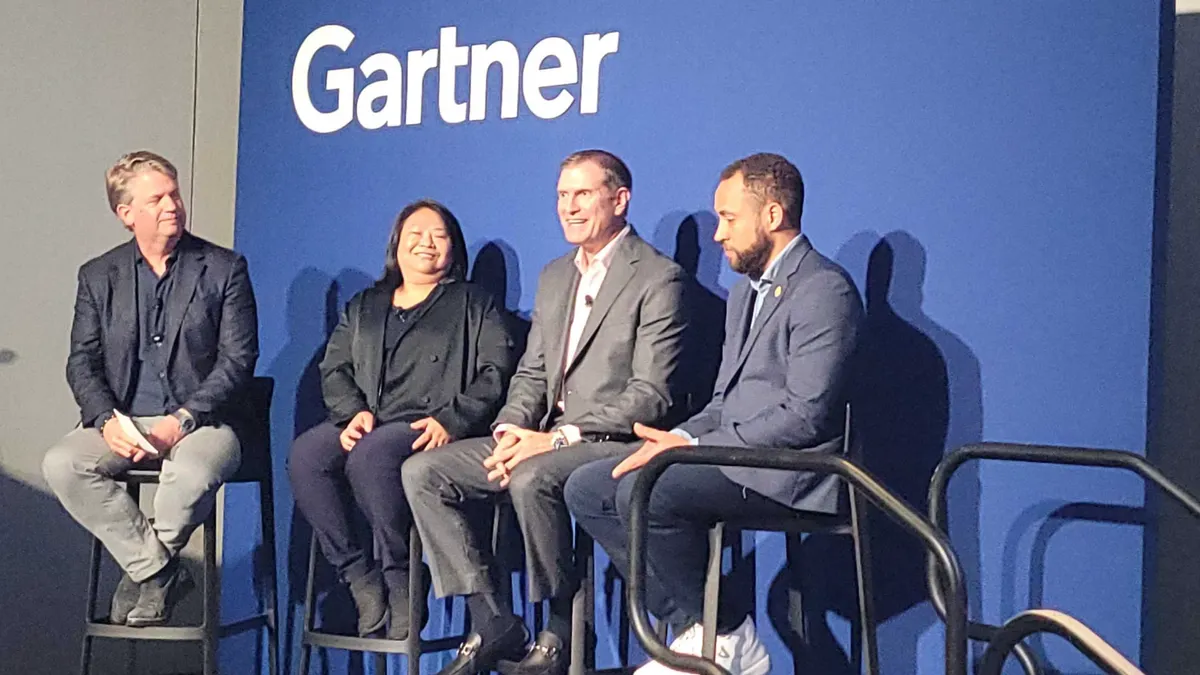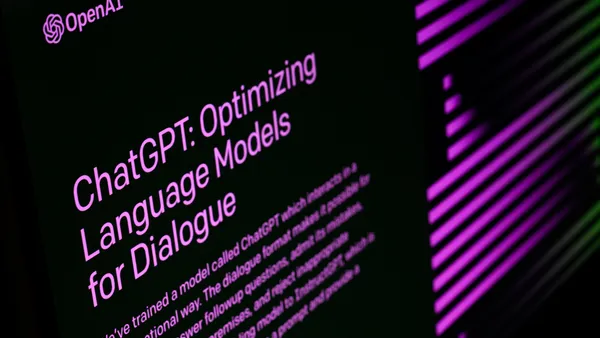ORLANDO, Fla. — CIOs have long been trusted to steer technology adoption for their organizations, highlighting valuable use cases as they go. But the influx of AI tools into the workplace, sometimes through unauthorized channels, has become a major challenge.
Fewer than half of businesses have standardized AI governance policies in place, according to Collibra data, and access to employee AI training is lagging across the workforce.
Just like with any other workplace tool, employees need training before they can reap value from AI, according to Guy Fruda, chief customer experience officer at professional services provider Deloitte.
“If you don't teach people how to take advantage of it and learn how to use it, it's no different than if you gave me a chisel and a hammer and a piece of marble and said: 'Create something,'” Fruda said, speaking last month during the Gartner IT Symposium/Xpo. “You wouldn't want to look at it, let alone buy it.”
Pressed to successfully deploy AI, executives are working to prioritize use cases, stand up tailored training opportunities and promote broader experimentation. Amid adoption efforts, concerns about AI's accuracy and safety linger, pushing executives to develop guardrails to curb risks.
At manufacturing firm Jabil, SVP and CIO May Yap established a unique governing body to guide deployment.
“We have set up what we call an AI and Data Council where I handpicked senior people from every function, including business, operations, HR, finance and legal,” said Yap during a session at the conference. The group established three key areas for investments: computer vision, machine learning for forecasting and generative AI.
Clear use cases that align with corporate strategy have helped accelerate deployment of AI at the manufacturing company.
“We need to have the business case in mind,” Yap said. “We need to know what kind of business problem, what kind of business opportunities I'm trying to solve for the organization.”
Training and guardrails
To accelerate AI use, Deloitte added AI training into its leadership development program, called Deloitte University. In addition, the firm is putting in place specific instruction for agentic AI, designed to help workers understand which tools to use for what purpose, according to Fruda.
The firm has also sought out ways to let workers learn and experiment while curbing risks, Fruda said.
“We created our own agent, which we call Sidekick,” said Fruda. “The idea is that it's behind more firewalls, and it's more protected, so people are able to explore and use that agent … without worrying about Deloitte's data or our client's data.”
With concerns swirling around AI accuracy, one priority in adoption efforts for Art Thompson, CIO for the City of Detroit, is to ensure that workers remain vigilant about inaccurate outputs.
“I'm a little bit more of a naysayer,” said Thompson in reference to AI. “The biggest thing for us is making sure we're creating a common narrative and we're all talking about the same thing.”
Ultimately, concrete use cases that help boost productivity are most effective at broadening employee use of AI tools, according to Fruda.
“You're getting 15 to 20 calls a day from people that need to reset their passwords,” Fruda said. “Why wouldn't you want to move the mundane and repetitive work to an agent that can help solve that so you can focus on the important things?”















